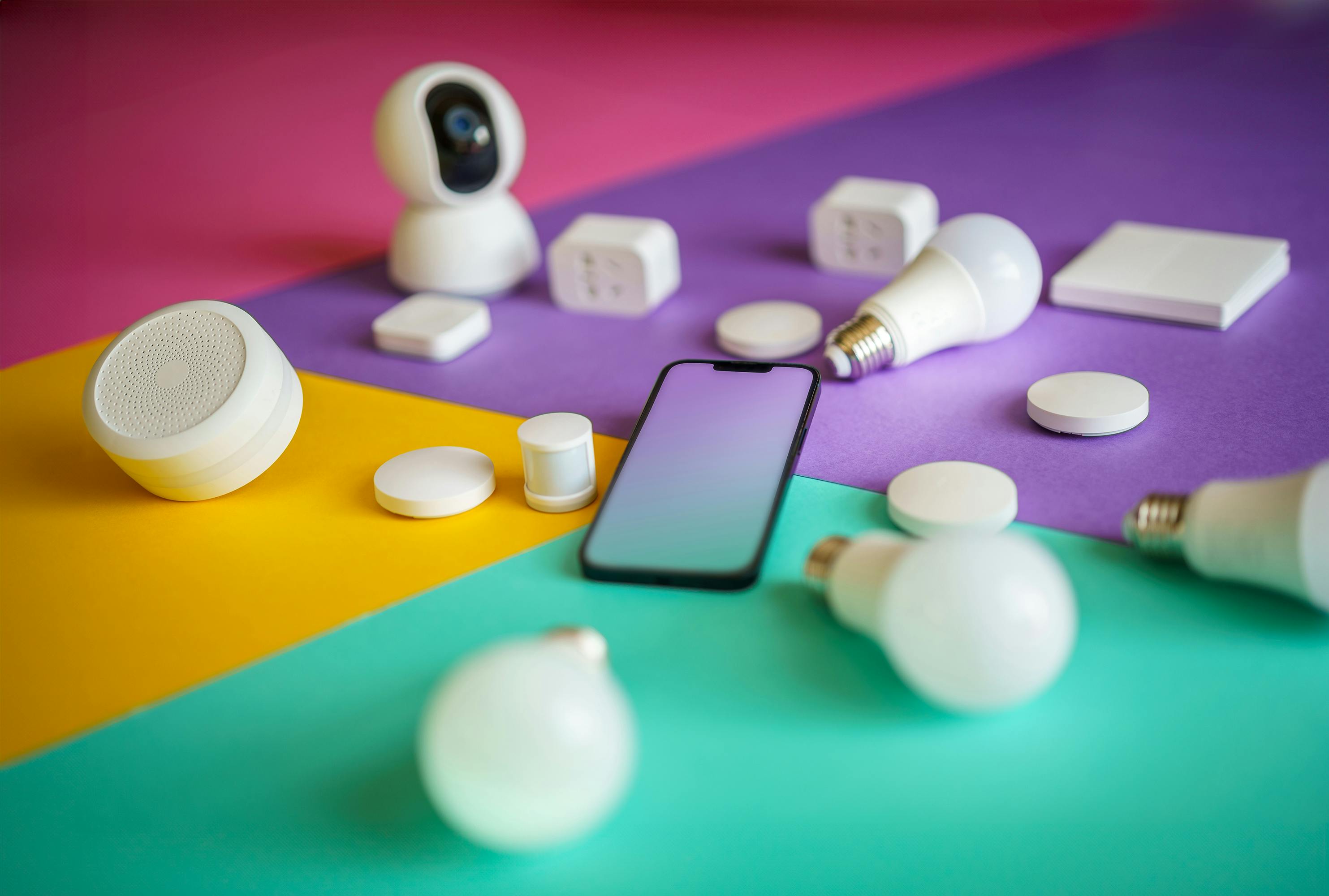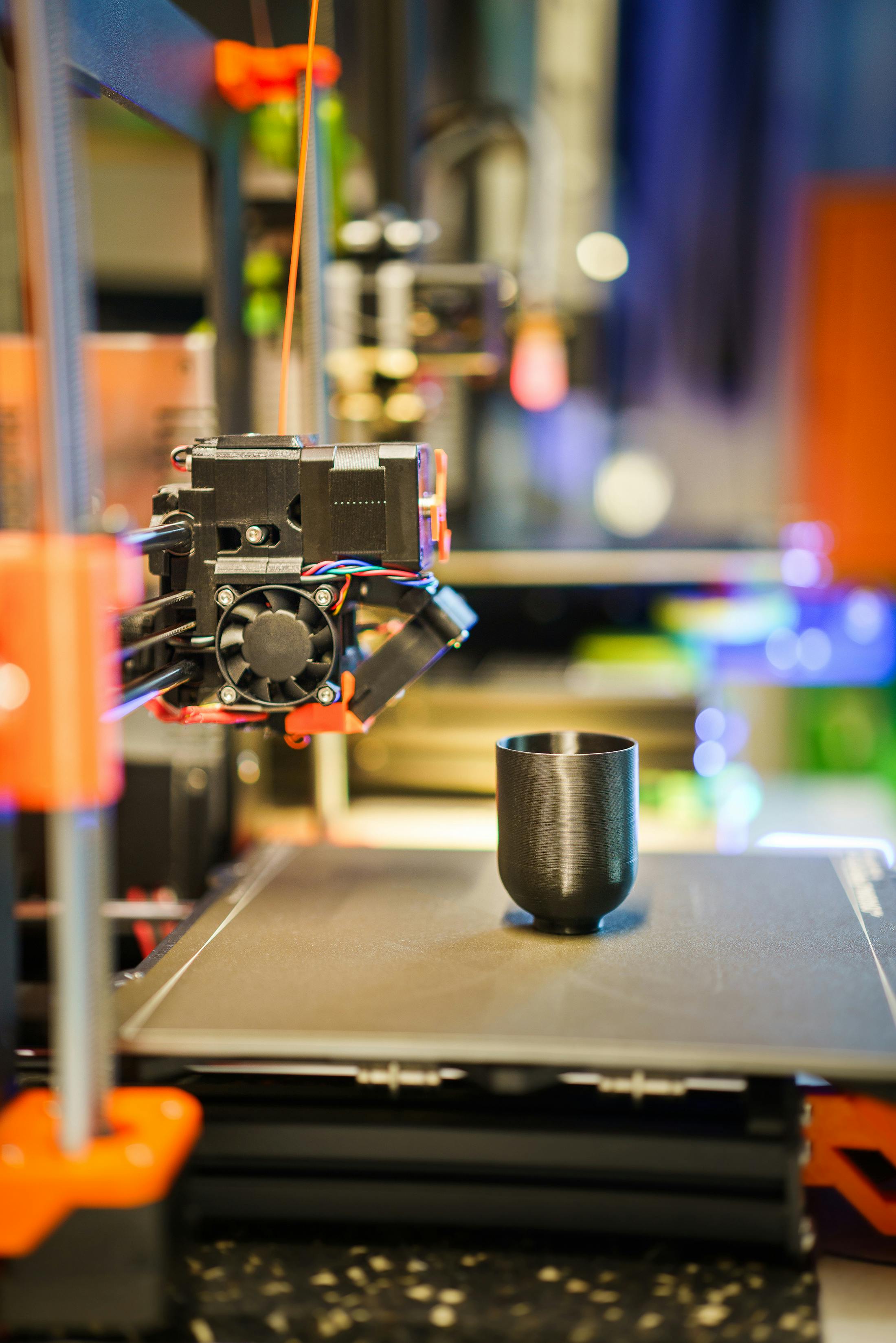Paraguay Automation: Easy Digital Tools for Smart Everyday Tasks
Funny thing is, when I first started helping friends and clients in Paraguay automate their daily routines, I assumed the hardest part would be technical complexity—turns out, it was actually getting past the idea that digital tools weren’t just for large companies or tech wizards. Last month, during a workshop in Asunción, I heard the same sentiment again: “I’m not sure automation is for me. Isn’t that just for programmers?” Honestly, I reckon this misconception prevents thousands from enjoying the kind of effortless productivity available right now—even if you can barely troubleshoot WhatsApp.1
Here’s the reality: Automating everyday tasks isn’t about learning complex coding or wrestling with intimidating software. It’s about using approachable digital tools—most of them either free or dirt cheap—that fit right into the rhythm of life in Paraguay. What really strikes me is the surge in digital literacy here over the last 3 years, which has made solutions like Google Calendar routines, WhatsApp scheduling, and smart phone reminders totally natural.2 Let’s debunk automation myths together and walk step-by-step through how you (yes, even you) can automate little headaches: bill reminders, groceries, meetings, and family updates. The payoff isn’t just saved time—it’s less stress, clearer thinking, and, in my experience, space for those unexpected joys of Paraguayan daily life.
Beginner Basics: What Is Automation?
Before I go further, let me clarify: automation, in the context of daily living, simply means letting digital tools handle repetitive, time-consuming little chores. It’s not about robots in factories or advanced AI. In Paraguay, the person who sets reminders for rent payments, automatically backs up family photos, or uses banking apps to send monthly allowances is already a digital automator.
Here’s a quick, relatable definition I like to use: “Automation is letting trustworthy software do the boring (but necessary) stuff, so you’re freed up for things that matter.”4 In my experience, automation can be as simple as letting Google Calendar send you notifications, or using WhatsApp’s built-in scheduled messages to wish your mother a happy birthday (yes, I forget those sometimes).
Informations clés
If you’ve ever set up an alarm on your phone, used automatic bill pay, or saved contacts to a cloud account—you’re right in the automation game already.5Why Digital Automation Matters in Paraguay
Now, what’s unique about Paraguay? The working rhythm here mixes traditional routines (paper notebooks, in-person meetings) with a rapidly rising tide of mobile connectivity. I can’t count how many clients—from Ciudad del Este to Encarnación—have told me, “We’re too busy for digital tools.” The irony is, automation is designed for busy people. And in Paraguay, where multitasking across family, work, and social obligations is the norm, digital automation isn’t a luxury—it’s an opportunity for genuine breathing room.
According to recent government surveys, smartphone penetration in urban Paraguay reached 78% in early 2024, yet only 42% felt confident using apps for more than basic messaging.6 That signals a massive opportunity for beginner-friendly education—so you’re not overwhelmed, but empowered by digital tools.
Everyday Automation: Real Paraguayan Scenarios
Let me paint some everyday scenes. You’ve got a family WhatsApp group where someone always forgets to update about schedule changes. Or, maybe your monthly water bill sneaks up (again), and it’s a scramble to pay before the late fee hits. There’s also that recurring challenge of remembering grocery staples, sharing school event dates, and booking affordable travel tickets during national holidays. Sound familiar? These are exactly the sorts of headaches digital automation can ease.
- Automatic bill pay and reminders through Banco Itaú or BNF apps
- Google Keep checklists for groceries, synched with family
- WhatsApp scheduled messages for birthdays, appointments, and class updates
- Smartphone routines: daily alarm, health-tracking steps, safe document backups
- Cloud calendars for coordinating meetings—no more double-booking
Here’s the thing: the best digital automation tools don’t just save hours and money. They cut mental clutter, reduce mistakes, and leave energy for the stuff we cherish—family meals, fútbol matches, spontaneous trips to Lake Ypacaraí.
The Easy Digital Toolkit: Apps and Solutions
Here’s what gets me: Most people think digital automation comes with complicated setup or hidden costs. Actually, the best beginner apps are designed to be almost laughably simple—often free, with Spanish-language prompts, mobile-first layouts, and step-by-step onboarding. I’m partial to tools that let you learn by doing, not reading endless tutorials.
Starter Tools Every Paraguayan Should Try
- Google Agenda — For automatic event and bill reminders
- WhatsApp Scheduled Messaging — For birthdays and family updates
- Banco Itaú App — For recurring payments and notifications
- Google Keep — For shared shopping lists and daily tasks
- Zapier (Web) — For connecting apps and automating social posts, if you want to experiment
Some of the most enthusiastic feedback I’ve heard lately comes from retirees and students—opposite ends of the spectrum—who use WhatsApp’s time-based messaging to keep families updated. It’s become a weekday ritual: schedule an “Almuerzo listo” message for noon, and the kids never forget!7
Let me think about this—how can you compare? Here’s a mobile-friendly table outlining top apps, their main uses, and learning curve for beginners:
| App/Tool | Key Benefit | Idéal pour | Learning Ease |
|---|---|---|---|
| Google Agenda | Automated reminders & calendars | Personal, business, family | Very easy |
| WhatsApp Scheduled Messaging | Messages at set times | Social, family | Very easy |
| Banco Itaú App | Payments & account automation | Utilities, bills | Easy |
| Google Keep | Collaborative task lists | Shopping, errands | Very easy |
| Zapier (Web) | Connects apps for automation | Advanced experiments | Moyen |
My thinking has evolved—a few years ago, I advocated for fancy desktop solutions, but now I’ve found mobile-first tools win every time, especially in Paraguay, where most users are jumping between calls, errands, and family notifications. What excites me is how these starter apps require no technical expertise—if you’ve ever sent a voice message, you can automate your reminders.
Common Mistakes When Starting Automation
I’ll be completely honest: I’ve made every automation mistake possible. Back when I first tried to synchronize bills and contacts in 2018, I set messages for the wrong time zone—family in Encarnación got midnight wakeups, not friendly reminders. Clients have reported syncing duplicate calendars, automating irrelevant alerts, or forgetting backup security. The more I talk to Paraguayan beginners, the more I see the same issues repeated.
- Overcomplicating setup: Trying too many apps at once
- Setting reminders for the wrong hours or days (watch out for “-3 UTC” mistakes!)
- Automating messages without updating contacts—old numbers, wrong recipients
- Forgetting privacy: Sharing sensitive info too broadly in groups
- Skipping periodic checks—automated jobs still need oversight!
Here’s what beginners should remember: You’re not lazy or “bad with tech” for making mistakes—everyone does, and it’s part of the journey. Adjust, recheck, and keep it simple. I need to revise my earlier point: Even pros stumble. The real skill is resetting and refining as you go.
Over 81% of Paraguayans use their phones as their primary internet device—a higher rate than neighbouring countries like Uruguay or Chile.8 Automation here should always start with mobile-friendly apps.
Pro Tip for Beginners
Start with ONE automation at a time—don’t try five apps at once. Master sending automatic WhatsApp reminders; then tackle a shared shopping list. Small, repeated wins build confidence.9
Step-by-Step Setup for Beginners
Okay, let’s get practical. Suppose you want to automate your monthly water bill notification, organize grocery lists, and send regular WhatsApp updates to a family group. Here’s how a beginner should start—step-by-step, with mistakes I’ve made included so you can avoid them.
- Pick One Task: Don’t try to automate everything. Start with monthly bill reminders.
- Select Your App: For bills and payments, Banco Itaú or BNF mobile app works well. For messages, WhatsApp’s scheduled messaging or Google Calendar for reminders.
- Set Up Basic Automation: On your banking app, enable “notification” for bill due dates. For WhatsApp, schedule group messages at a set time.
- Test the Setup: Actually, this step’s crucial—send yourself or a test message first. Make sure notifications arrive as expected.
- Adjust: If timing/recipients are off, reconfigure. If messages go to the wrong person (been there!), fix contacts first.
- Repeat with Next Task: Only after one workflow is smooth should you automate more chores—like groceries, appointments, or backups.
Let that sink in: Just one automation—done right—can save you headaches for months. Take a second to consider how this applies beyond bills: think travel schedules, family event planning, school notifications.
What puzzles me sometimes is how people skip the “testing” phase—usually eager beginners. This causes most automation woes. Do a trial run, check all settings, and ask a friend to confirm. Fewer errors, more reliable routines.
Leveling Up: Going Beyond Basics
Over time, you’ll want to scale up your automation. Here’s where intermediates and curious beginners step up: connecting apps, sharing workflows, and even experimenting with smart home integrations.
- Sync Google Calendar with WhatsApp group reminders using Zapier
- Share Google Keep lists between family members in real time
- Automate cloud backups (photos, contacts) with free apps like Dropbox or Google Drive
- Set up scheduled social posts for parents’ small businesses—Celebrations, offers, or event updates
- Use banking apps to schedule regular account transfers, savings, or charity
In my experience, experimenting is key: try linking two apps for a week, measure time saved, and decide what genuinely helps. Don’t automate just to “follow tech trends”—automate what improves Paraguayan life: family, community, health, and business tasks.
Conseil avancé
Explore Zapier or IFTTT for “If this, then that” workflows—like sending a WhatsApp alert when the weather app predicts rain, or backing up photos to Google Drive the moment you snap them.10Building Sustainable Habits with Automation
The jury’s still out for me on “automation addiction”—sometimes, too much automation leads to missed updates and a loss of genuine attentiveness. What works, generally speaking, is blending personal oversight with smart digital reminders.
- Check settings monthly—review which routine automations are still helping or hindering
- Update contacts regularly to avoid “misfires”
- Keep a manual backup for sensitive information—don’t rely solely on digital solutions
- Celebrate wins—when automation saves you time or prevents a slip, share with friends or family
Pause here and think about a week without forgotten bills, missed meetings, or silent birthdays. How much lighter does life feel? Automation, when human-centred, always asks: What helps us thrive—not just save minutes.
Conclusion: Smart Automation for Life in Paraguay
On second thought, maybe the best thing about automation isn’t the saved time—or the clever tech—but the space it opens for living more intentionally. As someone whose daily schedule once felt like a scramble across Asunción’s traffic, I now see digital shortcuts as a way to reclaim small, cumulative joys. Automation here isn’t just productivity—it’s an invitation to healthier, happier routines.
Appel final à l'action
Start with one easy routine today. Set an automatic family message, a bill reminder, or a shared grocery list. See how much lighter your week feels, and send this guide to someone in Paraguay who needs a gentle nudge toward smart digital living!11Looking ahead—and speaking as your local automation enthusiast—continued digital learning and regular check-ins will make sure automation helps rather than hinders. Let’s make Paraguay a place where tech is approachable, reliable, and, most importantly, truly human-centred.
Références



